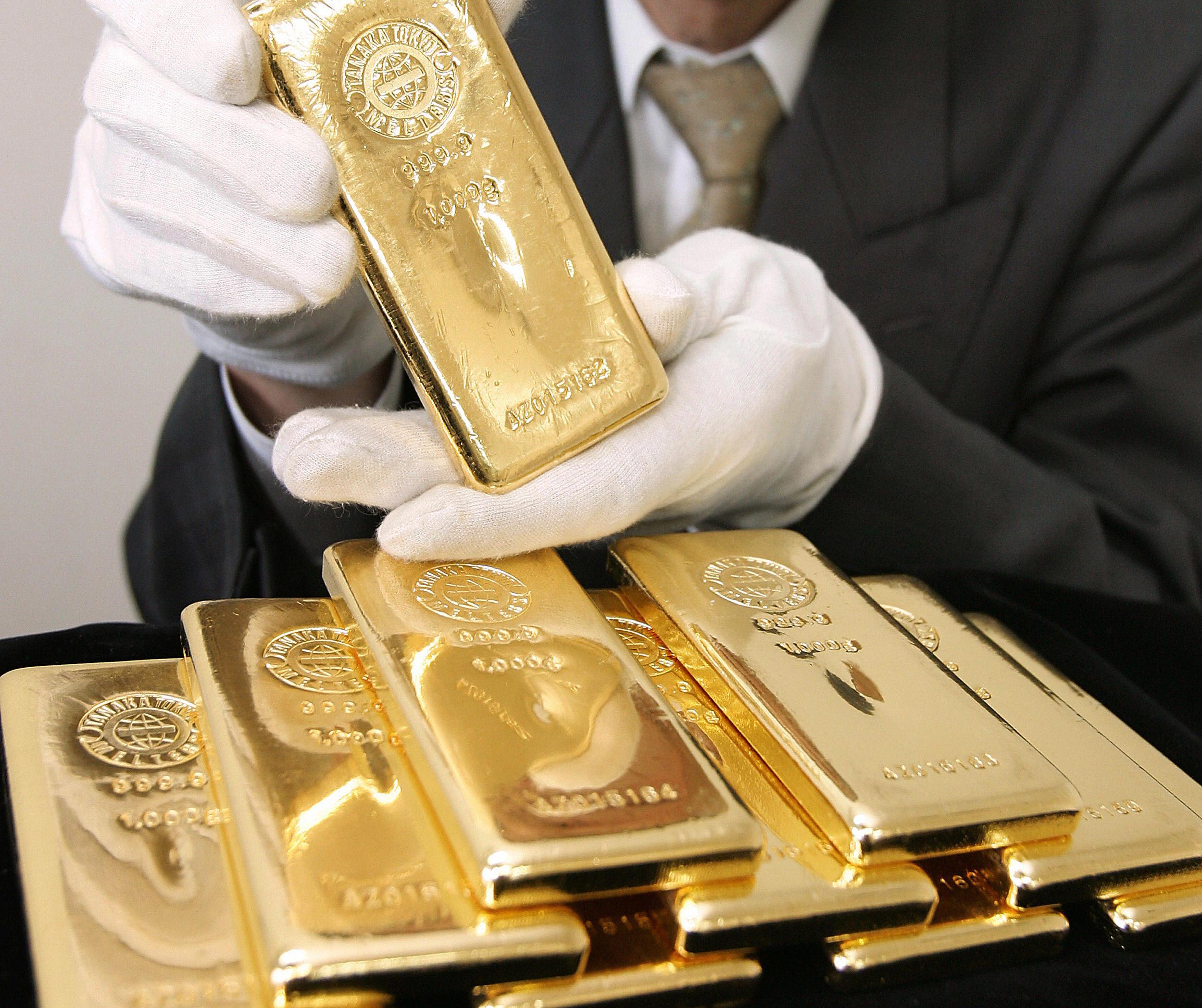The collapse of the Mt. Gox currency exchange has called into question the future of bitcoin, the digital currency and peer-to-peer payment system that arrived on the world financial stage in 2009. Bitcoin bears argue that the failure highlights the currency’s inherent weakness and explains why it will soon disappear. Bulls argue that despite the failure, bitcoin will rebound and eventually secure its rightful place as the world’s sole currency, sweeping aside the dollar, euro, yen, and other major currencies.
The bulls maintain that bitcoin is as good as gold. And they are right. Universal adoption of bitcoin would be very similar to adopting the gold standard. And that would be a disaster.
One of the great attractions of bitcoin for its boosters is that it prevents central banks from creating money. Like gold, there is a limit on the overall number of bitcoins that can be created, so an inflationary over-issue of money is not possible. Bitcoin terminology plays up its similarity with gold: New bitcoins are not created, they are “mined.”
This comparison with gold also serves to highlight the shortcomings of bitcoin as an alternative currency.
The Mt. Gox episode—in which 740,000 bitcoins disappeared, possibly forever—showed that bitcoin’s safeguards are not as ironclad as its backers would believe. If bitcoin had been hacked after it had become the world currency, the resulting panic would make the recent subprime and eurozone crises look mild by comparison.
The proprietors of Mt. Gox should not feel too bad, though: The gold standard was also subject to hacking—both official and private.
From ancient times, gold coins were minted with identifying marks—a likeness of the king was common—and a denomination. This process helped indicate exactly how much gold was contained in a coin and, therefore, how much the coin was actually worth—its “face value.”
Counterfeiters devised ingenious ways of removing small quantities of gold from coins, leaving the perpetrator with both their original coins, plus some extra gold that could be melted down and turned into additional coin. Private hackers weren’t the only ones undermining the currency: By minting coins containing less gold than promised on their face, the king could produce more money with less gold, enriching himself in the process.
So bitcoin exists in finite quantity, like gold. It can be tampered with, like gold. And, like gold, bitcoin makes it impossible for the central bank to undertake low interest rate policy during an economic slowdown.
Britain’s return to the gold standard after World War I is a textbook example of the gold standard gone wrong. In order to re-establish the gold standard, the Bank of England had to maintain high interest rates for much of the 1920s. This contractionary monetary policy exerted a persistent drag on British economic growth throughout the 1920s, leading to high unemployment and one of the worst labor disputes in Britain’s history. This explains why, when writing about Britain’s monetary system, the English economist John Maynard Keynes called gold “a barbarous relic.”
When the Great Depression erupted at the end of the 1920s, Britain was one of the first major countries to sever the link with gold and, as a consequence, recovered from the Great Depression relatively quickly. The Americans, French, and many other countries clung to the gold standard for several years longer than the British and endured much slower and more painful recoveries. Small wonder why Keynes wrote after Britain left gold: “There are few Englishmen who do not rejoice at the breaking of our gold fetters.”
The eurozone crisis offers yet another example of the perils of being shackled to a monetary policy not of your own making. Greece discovered this in 2009 when it became clear that its budget deficit was far larger than anyone had anticipated. Had Greece been able to manage its own monetary policy, it could have expanded the money supply, lowered interest rates, and allowed its currency to depreciate, which would have eased the burden of its debt payments and stimulated its exports.
However, because Greece was a member of the eurozone, it no longer had control of its own monetary policy and could not undertake these measures. As a result, it endured a dramatic economic slowdown, crushing unemployment, civil unrest, and the seating of members of a neo-Nazi party in parliament for the first time in its history.
The United States is fortunate that it was not on a “bitcoin standard” when the subprime crisis hit. Because it was not, the Federal Reserve was able to undertake extraordinary monetary easing, pushing interest rates to near zero and increasing the supply of money. The subprime crisis is often called “the worst financial crisis since the Great Depression.” Had the Federal Reserve’s hands been tied by the bitcoin standard, the economic and financial devastation would have exceeded that of the Great Depression.
Bitcoin is as good as gold. For a monetary standard, that is not very good.
